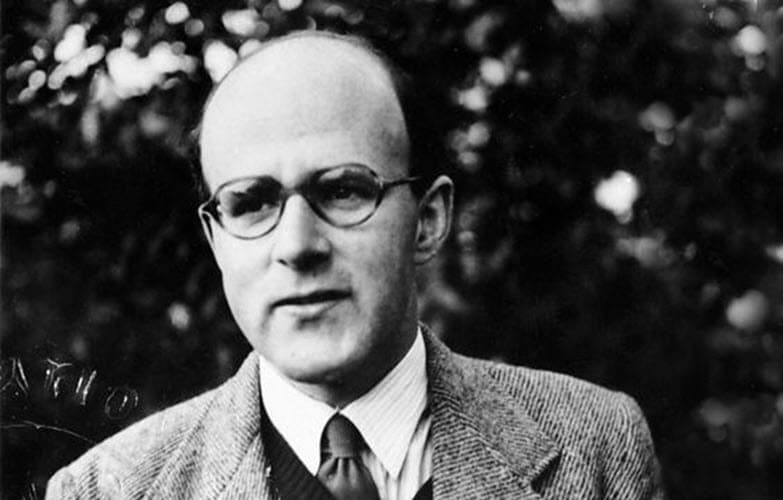Max Ferdinand Perutz: Unraveling the Structure of Life

Max Ferdinand Perutz (19 May 1914 — 6 February 2002) was a renowned Austrian-British molecular biologist and Nobel laureate.
Life and Career
He was born on 19 May 1914, in Vienna, Austria. Perutz received his early education in Vienna, and his interest in science developed during his school years.
In 1936, Max Perutz moved to England to pursue his doctoral studies at the University of Cambridge. There, he joined the Cavendish Laboratory under the guidance of J.D. Bernal. Perutz’s research focused on using X-ray crystallography to study the structure of proteins, particularly hemoglobin.
During World War II, his studies were temporarily interrupted as he worked on war-related research. However, he returned to his protein research after the war and made significant contributions to the field. Perutz’s most notable achievement came in the 1950s when he determined the three-dimensional structure of hemoglobin, the protein responsible for carrying oxygen in the blood. This breakthrough provided crucial insights into how proteins function.
Throughout his career, Perutz continued his research on protein structures, focusing on the study of other important proteins. He also played a crucial role in establishing the Laboratory of Molecular Biology (LMB) in Cambridge, which became a world-leading center for molecular biology research.
He died on 6 February 2002, in Cambridge, England.
Award and Legacy
Max Perutz was awarded the Nobel Prize in Chemistry in 1962 for his ground-breaking work on protein structure, which he shared with John Kendrew, his colleague at the Cavendish Laboratory.
His contributions to the field of molecular biology and his dedication to scientific research left a lasting legacy. His work has continued to inspire subsequent generations of scientists, and the LMB he helped establish remains a hub for ground-breaking research in the field. Max Perutz’s achievements and impact on the understanding of protein structures and their functions are widely recognized and celebrated in the scientific community.
Observer Voice is the one stop site for National, International news, Sports, Editor’s Choice, Art/culture contents, Quotes and much more. We also cover historical contents. Historical contents includes World History, Indian History, and what happened today. The website also covers Entertainment across the India and World.

